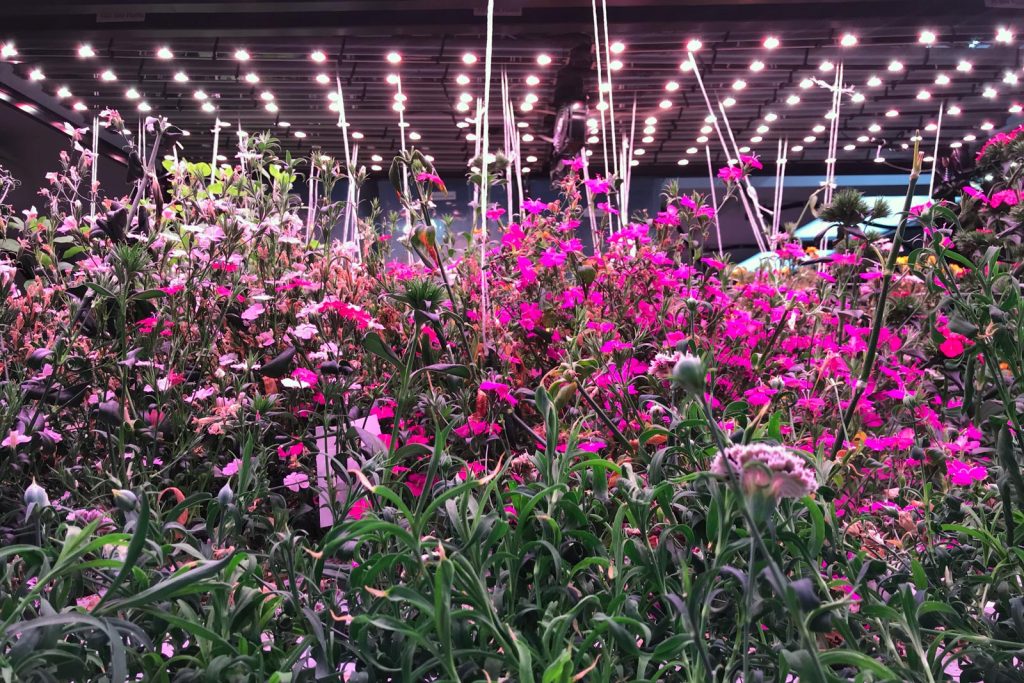Graham Hill’s Minimalist Single Family Tiny House Prototype, LifeEdited Maui
An off the grid, eco-friendly home on the idyllic island from the sustainability expert

“We’ve built these overwhelming lives for ourselves. Our bodies and our houses have ballooned. Many of us have a desire for a simpler life with less stuff,”
TreeHugger founder Graham Hill says as he looks out over the green valley behind his new minimalist house in the dreamlike Haiku community of Maui, Hawaii. It’s early morning, not long after his daily morning meditation and gratitude practice. “I think a simpler life is a happier life,” he adds.
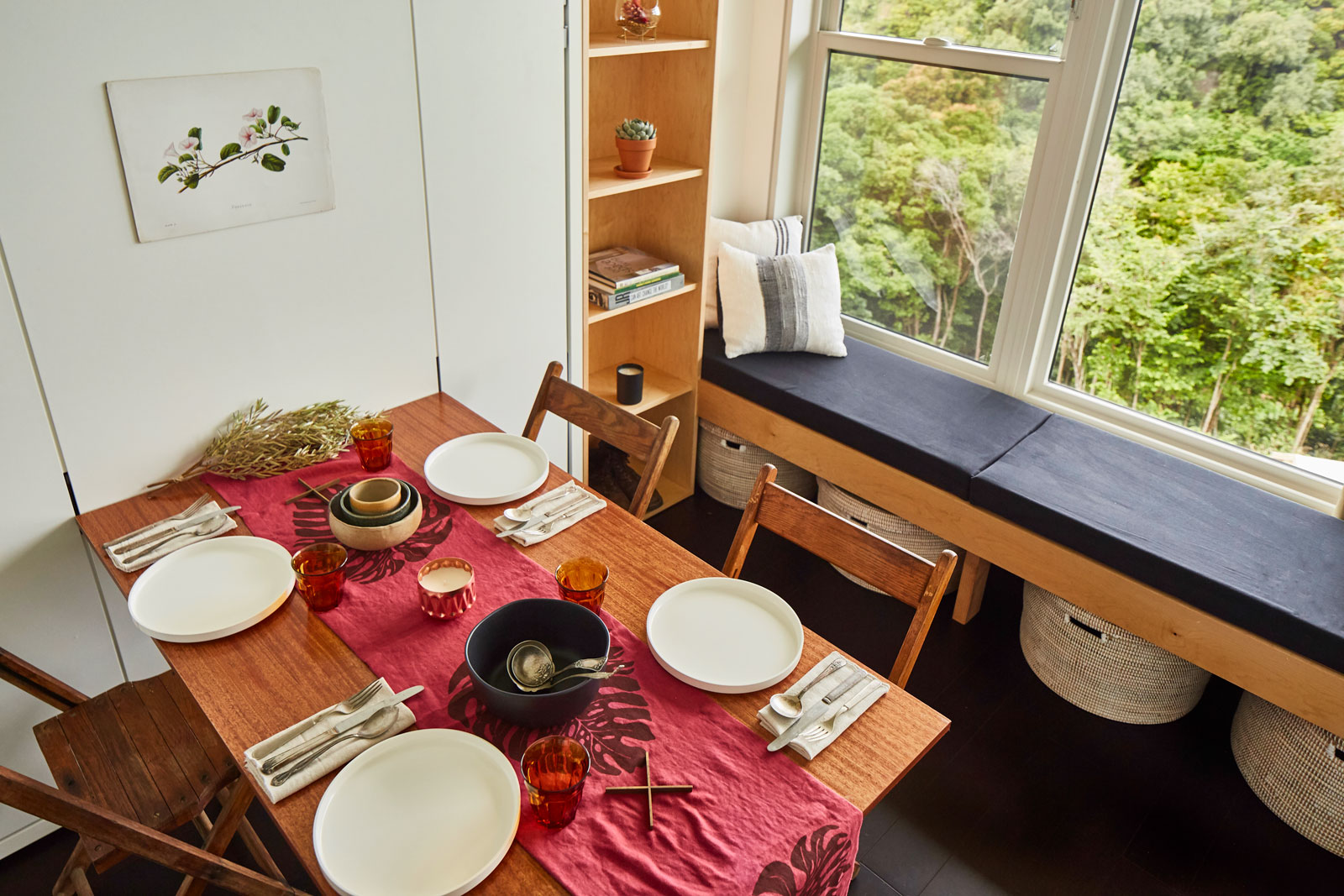
Maui is a perfect space for the challenge he set upon himself: build a minimalist, sustainable house for a whole family. Hill finished this “Ohana” house project, LifeEdited Maui in January. It is a prototype for an off grid residence, barely connected to any communal power or water system. It sustains itself through advanced and barely visible film-like solar panels from Sunflare, and collects water that is cleaned through the in-house filter system. In the bathroom he uses dry toilets from Swedish Separett, that don’t use any water and help build healthy soil on the property.
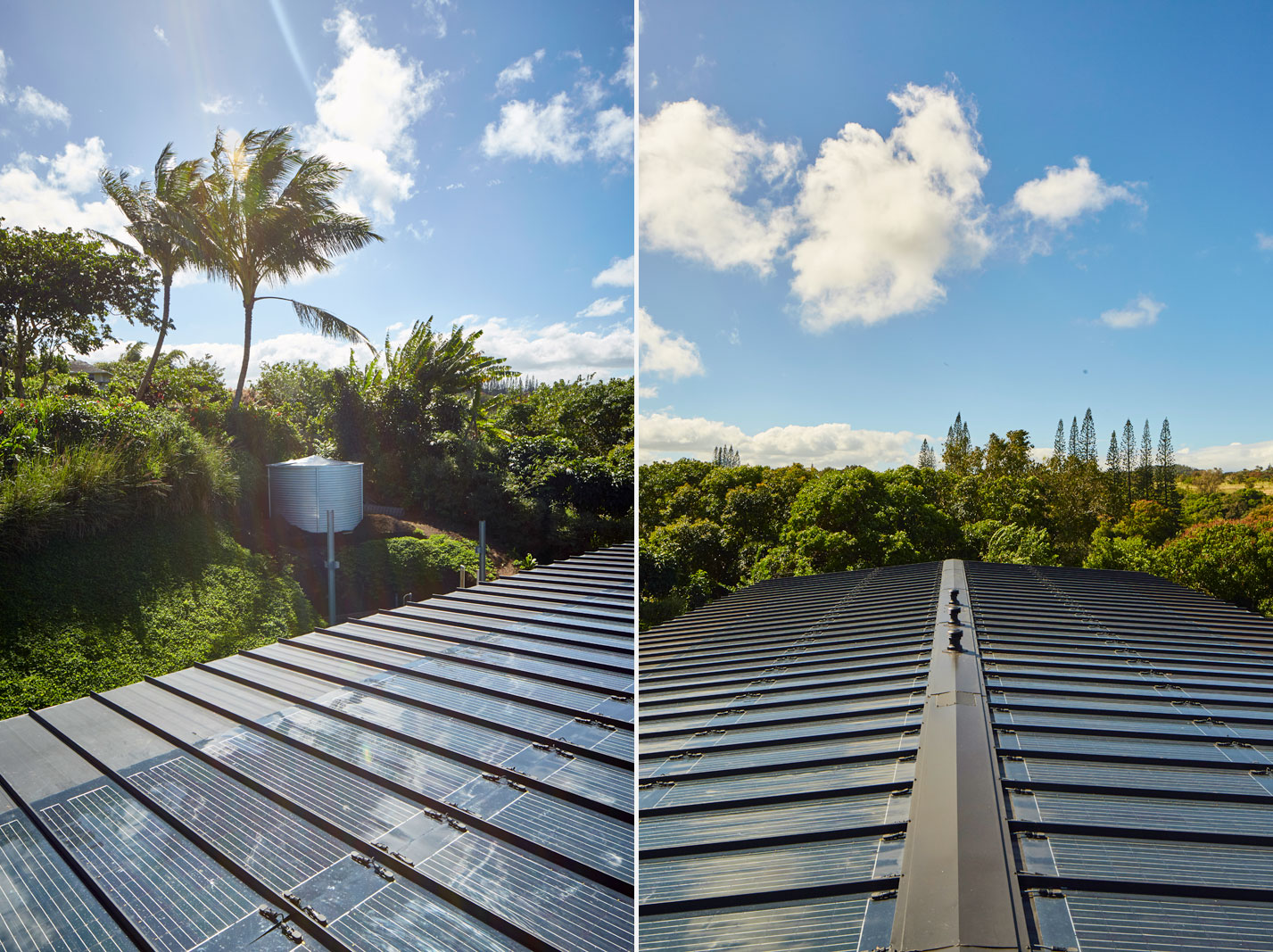
“Buildings are a huge part of our [global] footprint. The technology is here now—like you can see it in super-insulated passive houses,” says Hill in his typical calm but enthusiastic manner. “We can make a difference now, especially in tropical environments where there is a lot of sun. We just need people to do it.” He adds that it’s a no brainer from a financial perspective: “You get the money back quickly on energy savings.”

As part of the goal to save on energy and the environmental imprint, the LifeEdited house is not just about how it’s run, but also on how it’s built. Hill worked with local firm Hawaii Off-Grid to take great care of the green aspect all the way down to the building materials. The future destruction or demolishing of a building is something often overlooked in green buildings, he observes. Here, the foundation of the building is made of giant steel rods drilled five to 10 feet into the ground—without using concrete. These rods can just be pulled out and recycled.

When it comes to the interior Hill considered every detail, such as the Italian
Airlite paint which is anti fungal—a big issue in hot climates—which supposedly sucks up toxins from the air while “it’s so green that you can basically eat the paint.” The counter tops are mainly made of Richlite, a super-solid recycled paper product that resembles marble, and is black all the way through—so that you can even sand it. Bento Box in Williamsburg made the kitchen, and the cookware comes from All clad, with flat lids that take up less space and allow one lid to serve several pots. Luxury meets DIY with Kohler soaking tubs bathtubs and next doors to it are window seats stapled together by Hill himself through hardware store-foam and fabric.
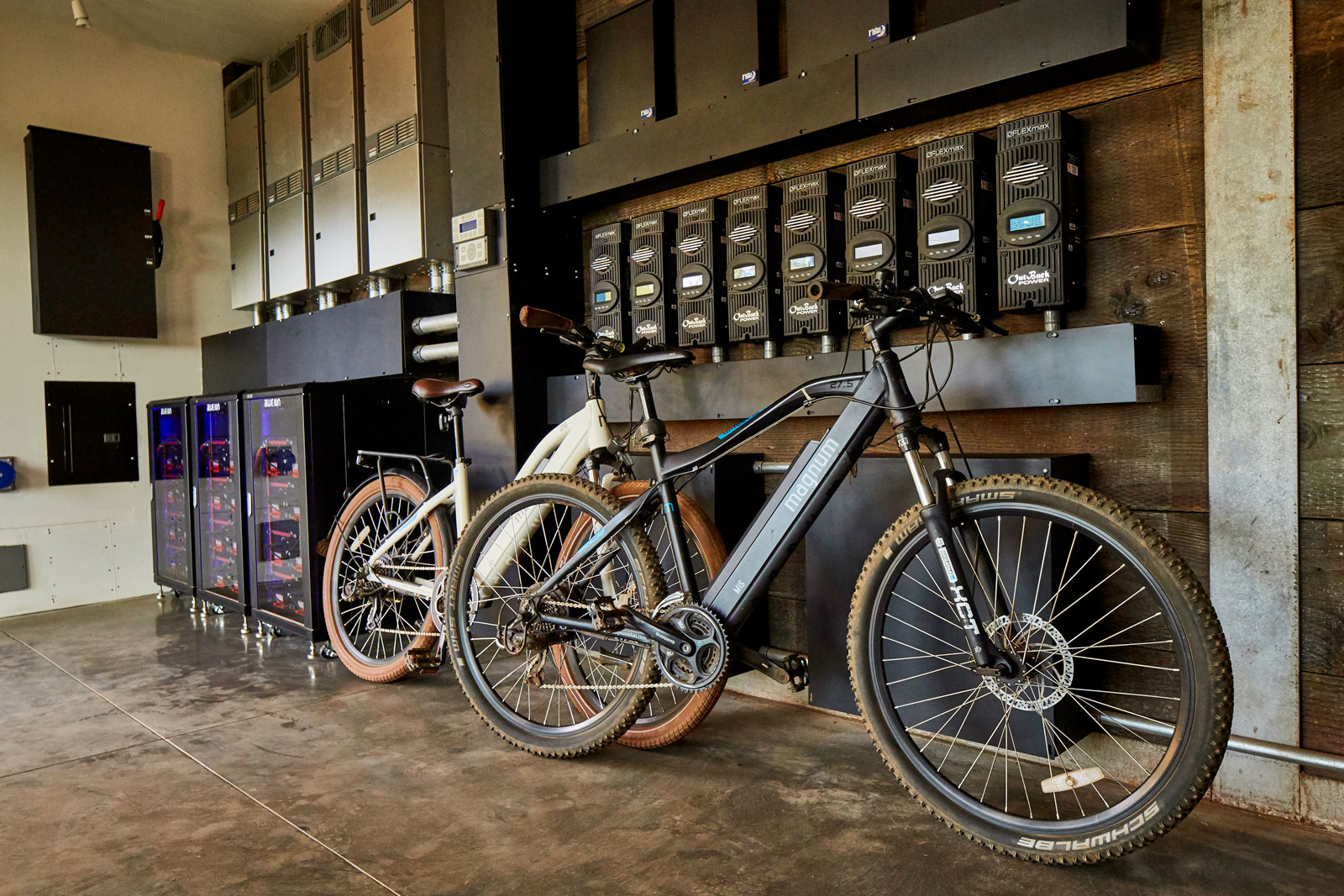
The garage hosts what he calls “the nerd center,” where all the solar energy is stored in three huge cutting edge batteries from Blue Ion—a Hawaiian brand started by Henk Rogers, one of the founders of Tetris—to be used for household electricity. It is also where Hill charges his electric car, a refurbished 1973 Volkswagen “The Thing”” converted with batteries from Tesla wrecks. “I have learned a lot from the experience,” Hill says with a small sigh, hinting at the escalating cost of the car project.
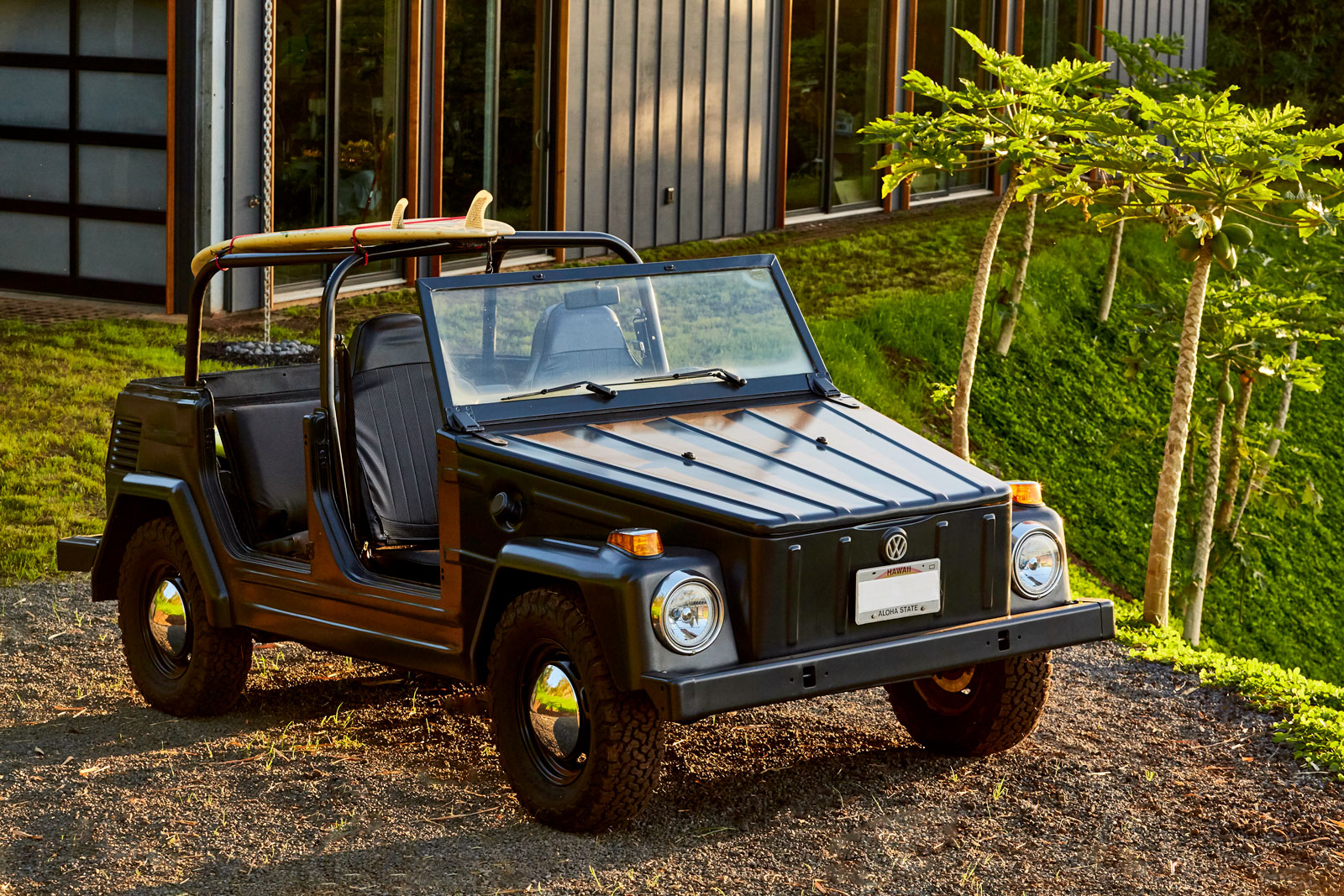
As a true entrepreneur, he has a history of being unafraid to explore unknown frontiers. In his early 20s he ran a cutting-edge tech-company that sold for $10 million. He then found himself 28 years old, moving to New York (“people walked my speed there”) without any financial incentive to work. “Money answers questions,” he says, explaining how the endless possibility of the economic freedom also created a level of stress. What do you do, when you don’t have to do anything? For him, the answer was to try to make a positive change, in the world.
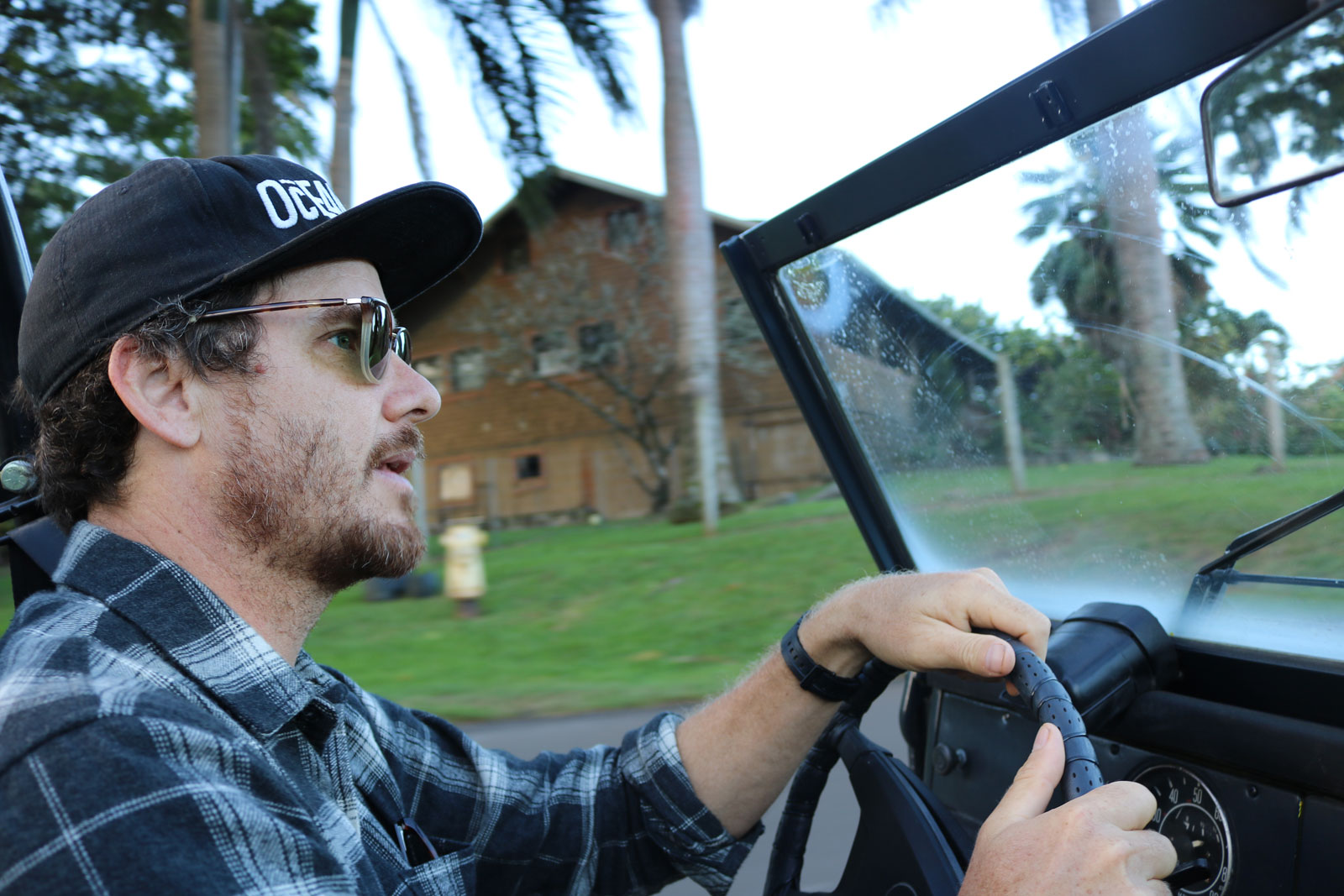
Environmental consciousness was part of Hill’s upbringing, so it made sense when he started a new website, that he—tongue in cheek—called TreeHugger. He had a loft where his friends, many of which other early tech adopters, would come over and work on their blogs and websites essentially creating an early version of todays co-working spaces. With TreeHugger, Hill had a dream of promoting earth-friendly projects in a time when “most other environmental media was about stop this and that,” he explains. “I saw a green world out there that I thought was a really cool and inspirational place. I wanted to make green mainstream.” TreeHugger became the largest green site on the internet for a number of years, and Hill ultimately sold it to Discovery in 2007.

With his architect degree from college, it made sense to start LifeEdited as a next move: a company focusing on minimalist green living. “Every cubic foot you add to an apartment has to be built of something, and filled with something. It has to be heated, cooled, insured, repaired. The easiest way to make something environmentally friendly is by making it smaller.” That’s the core concept of LifeEdited, explains Hill who adds that the average American has three times more space to live in now than in the 1950s. Back then the average house size was 1,000 square feet; now its 2,700 and we have smaller families.

His first LifeEdited prototype was his 420-square-foot apartment in SoHo, New York, that gathered interest from architects and designers from all over the world. With smart—usually dual purpose—furniture he managed to create a small space still offering all the requirements of contemporary living. This was the start of a successful collaboration with Resource Furniture. In the Maui house their fold out Murphy beds lift up to become a desk, or a small dining table. Hill added more exclusive mango wood for the table tops, to ensure that everything lives up to his aesthetic standards. In the lanai—a terrace that seamlessly melts with the indoor kitchen—the Passo tables lift and stretch to double their height and length, and go from low coffee tables to long dining tables.
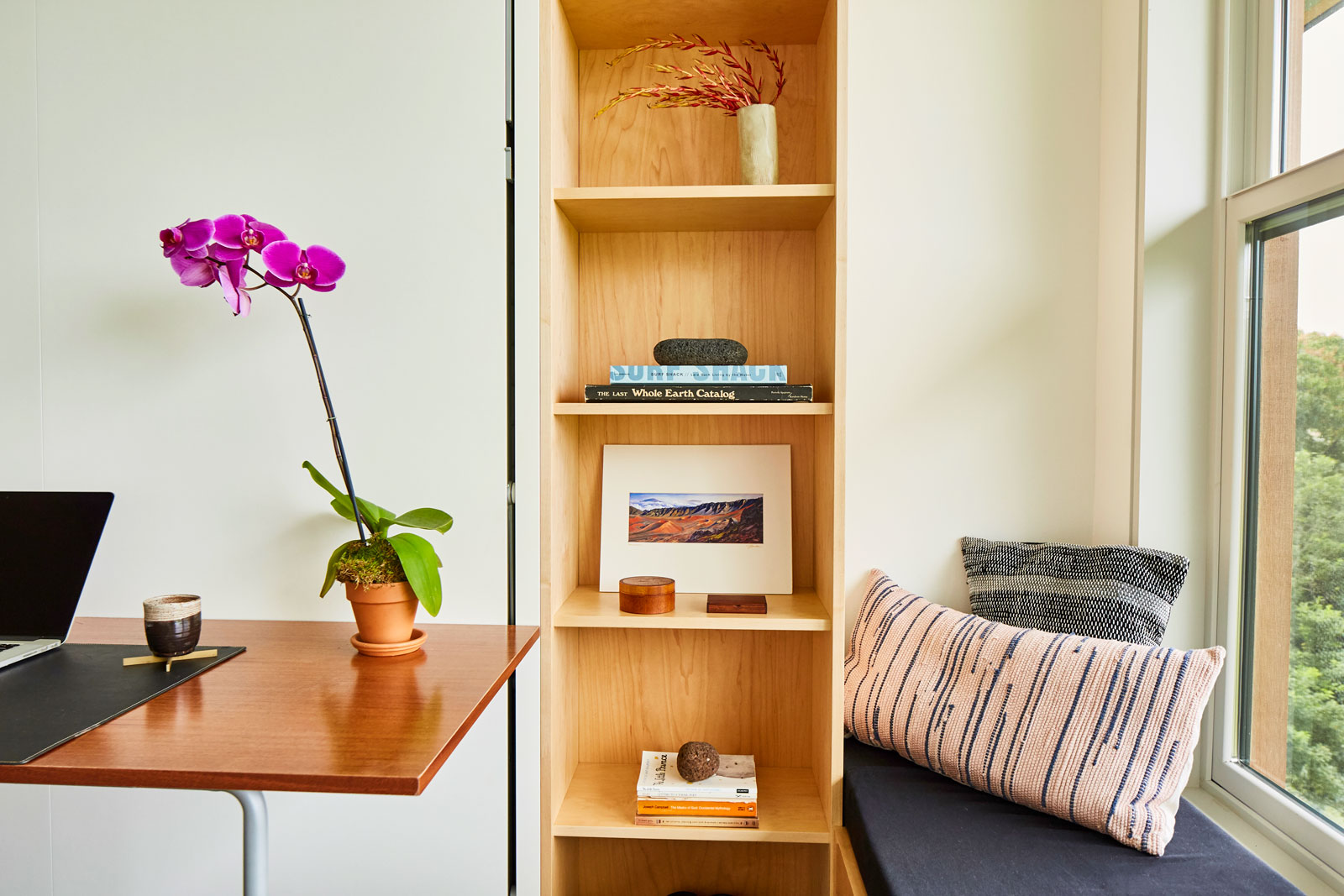
The price of the house came to around $1 million, but Hill, stressing how it was a trial-and-error prototype, is confident the next project will be a lot less expensive, hoping scale can make the house more affordable, even for locals. The Maui prototype will be rented out longterm or sold, allowing Hill to make another and improve upon the prototype while he often stays in a shack nearby. It’s important for him to maximize the house’s usage. “The environmental impact of a building is also measured in how many hours it is used as a house. The key metric for green architecture should be bang for your buck. How many occupant hours does it have per ton of CO2? In other words, a green vacation home that is hardly used isn’t very green,” he concludes.
Images courtesy of LifeEdited
